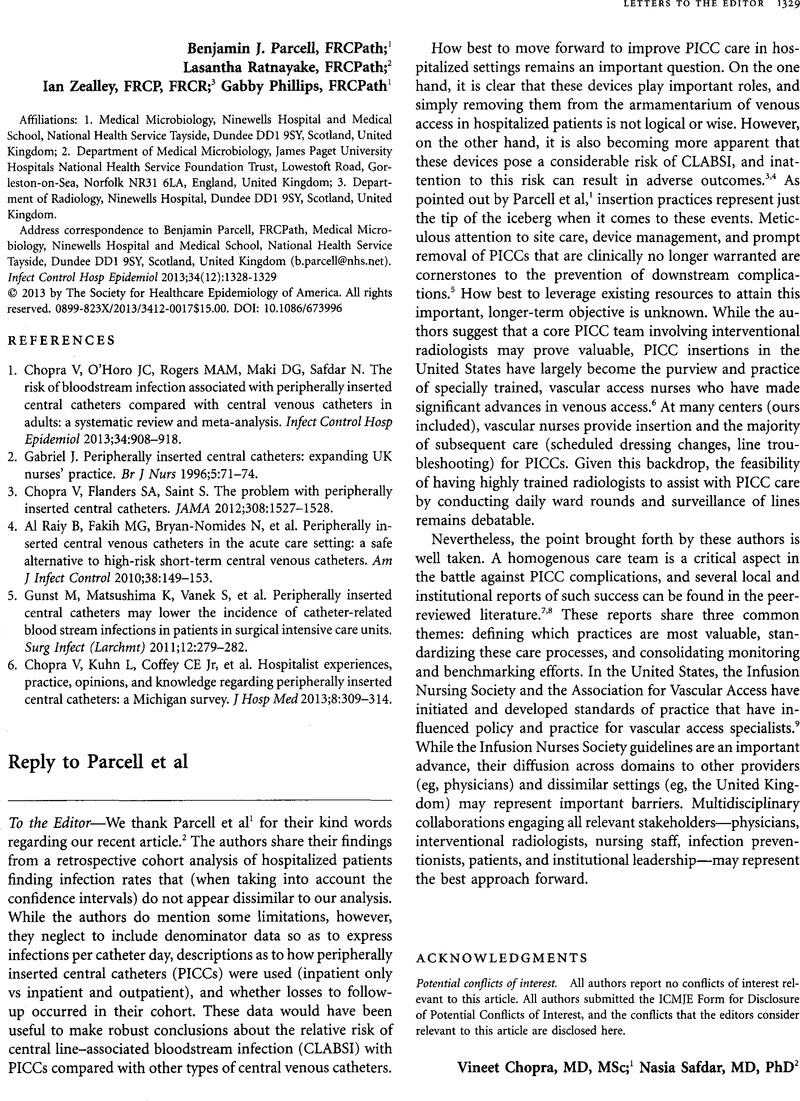Crossref Citations
This article has been cited by the following publications. This list is generated based on data provided by Crossref.
Markham, Ina S.
and
Markham, Steven E.
2017.
First and Second Strings: Using Entity Analytics to Contrast Core and Supporting Teams.
Journal of Business and Psychology,
Vol. 32,
Issue. 5,
p.
595.



